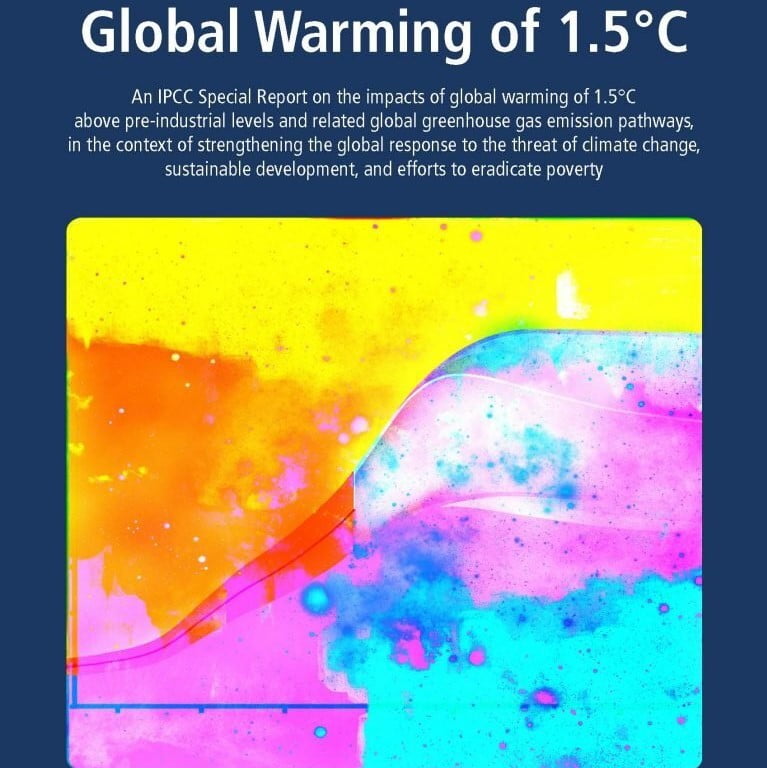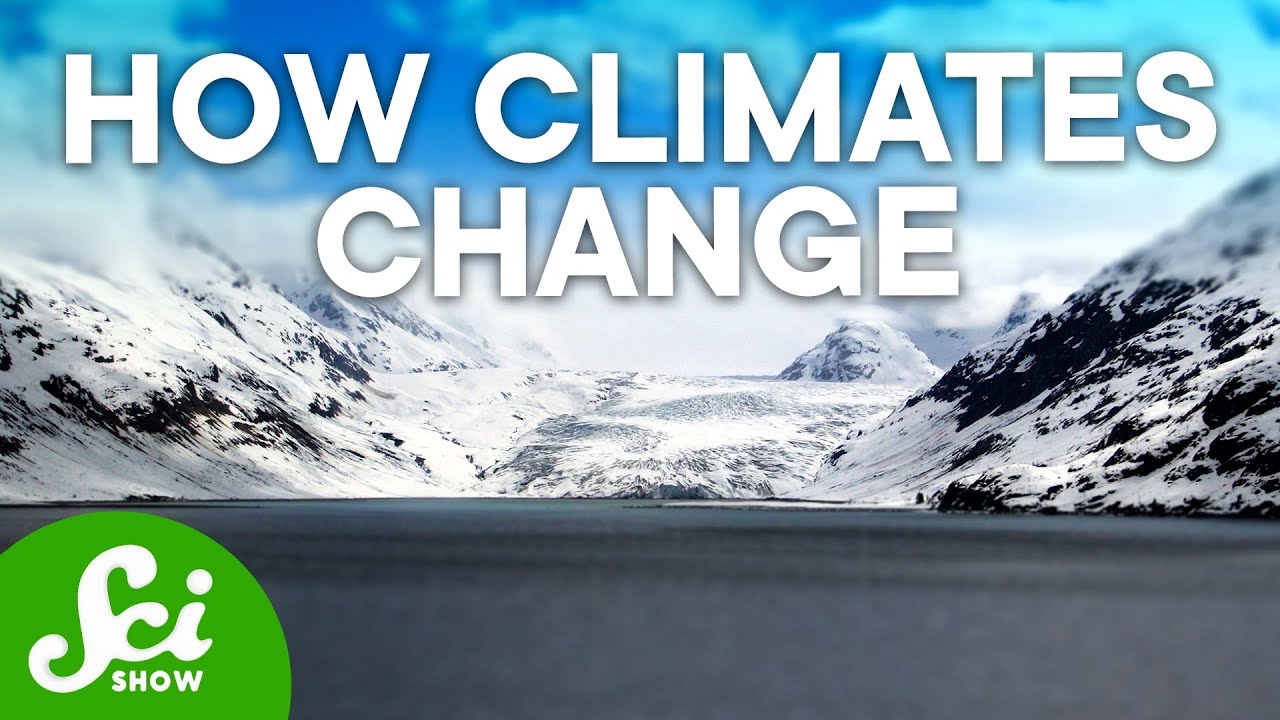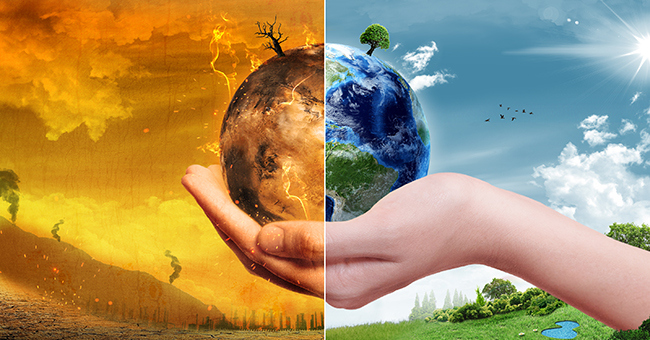
Adaptation refers to changes to the natural world and social structures that are made to mitigate the negative effects of climate. Adaptation can occur at various levels, including the national, local and international. It can include institutional, structural and physical adaptations. It can also include taking advantage of potential climate-related benefits.
Climate change is affecting many aspects of our lives, including the weather, sea levels and water resources. These changes are likely to lead to more severe extreme weather events. They can also have an impact on the availability of water throughout a year. This can result in more frequent droughts and floods. In certain areas, warming may lead to longer growing season. Higher levels of climate change can lead to more difficult adaptation to new conditions.

There are many adaptation options available, including flood defenses and business redesign. Adaptation actions are a way to improve livelihoods, restore nature, and foster innovation. California uses goats as a way to clear its streets of vegetation. In Papua New Guinea a similar project has enabled people to better cope with storms.
Adaptation is an iterative process, meaning that as more knowledge is gained about the effects of climate change, adaptation will become more effective. Continuous engagement by stakeholders is key to successful adaptation. It must also take into account vulnerable groups.
Many species and ecosystems are at risk of reaching hard adaptation limits. This means that they cannot adapt to the current environment. These limitations are due to cultural, financial, and social barriers. Many countries are now taking steps to create and implement climate adaptation strategies.
Countries with higher development and adaptive capacity are believed to be able to respond effectively to the changing climate. However, there are some societies that lack the ability to adapt, especially low-income ones. Also, people who have strong social institutions are considered to have a greater adaptive capacity. However, these characteristics do not necessarily translate into enhanced well-being or equity.

Because it prepares communities for the future, adaptation is vital. The restoration of wetlands and new sea walls may be required in coastal areas. Additionally, cities are installing better draining pavements and implementing community energy planning.
Despite the progress, many nations are still lacking in the ability to adequately address the effects of climate change. There is a shortage in resources, especially in low-income nations, to invest in storm-resistant infrastructures and build sea walls. There is also a shortage of funding for adaptation measures in aquaculture, fisheries, and forestry.
Adaptation is an essential step towards reducing the effects of climate change. It can have multiple benefits such as reducing food security and increasing productivity of fishing stocks. Investing in climate adaption can also reduce the need for higher future investments.
FAQ
What is the role of the energy sector in climate change and how can it be addressed?
The vital role played by the energy sector in climate changes is huge. Global warming can be caused by the burning fossil fuels. The atmosphere releases carbon dioxide, trapping heat and leads to an increase in Earth's temperature.
This is why energy sources need to shift away from carbon-emitting resources like coal and natural gas and instead switch towards renewable energy sources such as solar, wind and geothermal. This transition can be made through both government policy and incentives, as well as investments in innovative technology like hydrogen fuel cell. Businesses and households can reduce their carbon emissions by investing in infrastructure to support the use of renewable energy sources.
Other ways include switching from polluting transportation options such as petrol-fueled cars to moving towards electric or public transport. Governments have the power to encourage and support investment in cleaner modes for transportation.
To reduce carbon footprints, companies should adopt green business practices. For example, better insulation in offices and production facilities. This can help drastically reduce operational costs while simultaneously improving environmental performance metrics.
These initiatives must be championed not just at the company level but also at the government level for them to be truly effective; increasing taxes on pollution products encourages individuals to switch away from harmful practices without forcing them financially outcompeting polluters by providing vouchers or subsidies for low-carbon products will create an ongoing market to support sustainability efforts moving forward. This is why tackling climate changes requires both private industry as well as private citizens to make a difference. By switching to green energy and adopting environmentally friendly practices, we can help to ensure that the future generations of people are affected positively.
What is the impact of climate change on oceans and marine life around the world?
What are the impacts of climate changes on the oceans, and marine life worldwide?
Since its inception, climate change has had a significant impact on the oceans and marine life of the world. The constant oceanic heating caused by the loss of the ozone layers causes severe disruptions to marine ecosystems, leading to coral bleaching and species declines.
Climate change is also responsible for unpredictable weather patterns and stronger storms, which can lead to dangerously high sea levels. Additionally, temperature changes may cause water systems to lose oxygen. This can result in "dead areas" in which abundant marine life is reduced.
Ocean acidification is also a result of excess carbon dioxide that has built up in the oceans. This is due to climate change. Ocean acidification can raise pH levels, making it difficult for animals to adapt like crabs, clams or oysters.
Higher temperatures can alter the natural habitats of certain species by changing their locations or shrinking them, making them uninhabitable. An increase in ocean pressure can cause a drastic imbalance between predators & prey and lead to the extinction of many species.
The effects of climate change ripple throughout entire ecosystems influencing multiple species whether directly or indirectly through evaporation lowering water volumes or sharp temperature shifts jeopardizing any sustainable development for fisheries and other maritime activities. Climate change is transforming the future of all life forms on our planet, not just those living on land but those living below the ocean surface.
What are the causes and consequences of climate change?
Climate change is a global phenomenon that has been driven by an increase in human-generated greenhouse gases emitted into our atmosphere, primarily due to fossil fuel burning for electricity and transportation. These emissions lead to a greater amount of sun's energy being trapped in Earth’s atmosphere, which results in rising temperatures.
Other contributing factors to climate change are population growth, land clearance and destruction of ecosystems as well as deforestation, energy use, over-grazing and energy consumption. This further decreases the number natural carbon sinks that absorb CO2 in the atmosphere. Climate change can also be caused by natural forces like changes in solar radiation.
These combined human activities result in overloading Earth's capacity to properly balance its energy budget, leading to an average increase of 1 degree Celsius globally since pre-industrial times. As the oceans absorb most heat energy, glaciers melt more quickly than they form. Water scarcity, droughts, or extreme weather events such hurricanes and floods can also have devastating consequences.
It is vital that we reduce our carbon footprint immediately and stop releasing greenhouse gases. This will help us protect ourselves against further damage from climate change. It is crucial to reduce our dependence of fossil fuels for electricity generation and invest in renewable sources, such as wind turbines/solar panels. These do not emit any harmful chemicals into the environment. Also, reforestation is a sustainable practice that can restore balance to the delicate planetary cycles which are essential for our survival.
What is the role of individuals and communities in addressing climate change?
Climate change is a major contemporary challenge. This is a problem that affects everyone. We must all pay attention to it and take action individually to make a difference.
Individuals have an essential role to play in addressing climate changes and reducing their effects. It is possible to make small changes in your everyday life such as reducing waste or consuming more conscious, switching to vegetarianism, eating less meat, taking public transportation more often, and using more sustainable fabrics for clothing and home decor. They can also get involved in political advocacy to promote sustainability-related initiatives in their community.
The key to addressing climate change at a larger scale is also the role of communities. They can adopt policies that reduce emissions. These include reformulating energy models that are based on renewable sources, encouraging efficient infrastructure for bicycle or electric transport, reducing deforestation and encouraging composting systems for waste disposal. Collaboration across different communities and countries is essential for this mission's success.
Furthermore, it is important to start education in the early stages and continue learning throughout your life. This will help individuals become aware of the issues at stake and understand our interconnectedness with other societies further away from our geographical location but similarly affected by global warming
Employers ultimately have a major role in fighting climate change. Implementing corporate practices that focus on sustainability and opting to use green alternatives whenever possible will yield both sociologically and economically positive results.
Individual actions, community policies and business transformation can all be a part of creating solutions to global warming. Together they will help humanity avoid the longer term negative effects of climate change.
Statistics
- According to the 2014 report on Climate Change Impacts, Adaptation, and Vulnerability (page 8) from the United Nations Intergovernmental Panel on Climate Change, governments at various levels are also getting better at adaptation. (climate.nasa.gov)
- The 100 least-emitting countries generate 3 per cent of total emissions. (un.org)
- The 10 countries with the largest emissions contribute 68 percent. (un.org)
- According to the 2014 report on Climate Change Impacts, Adaptation, and Vulnerability (page 8) from the United Nations Intergovernmental Panel on Climate Change, governments at various levels are also getting better at adaptation. (climate.nasa.gov)
- features Earth's average surface temperature in 2022 tied with 2015 as the fifth warmest on record, according to an analysis by NASA. (climate.nasa.gov)
External Links
How To
How to make your home more efficient and fight climate change
Your home's energy efficiency is one of the most cost-effective ways to cut your carbon footprint, lower your utility bills, and improve your quality of life.
Make sure your home is well insulated and sealed. Make sure windows and doors are correctly fitted, look for drafts around pipes and vents, add weather stripping where necessary, and fill any gaps around window frames or door frames with caulking.
To maximize energy efficiency, insulate your ceilings, walls, and floors. You should inspect your attic and other areas for leaks.
Lighting accounts for up to 18% of total household electricity usage so make sure you switch to LED light bulbs which use up to 80% less electricity than traditional incandescent ones! Additional money can be saved by installing motion sensors, timers, and turning off lights only when needed.
The cost of replacing an old furnace or boiler can be reduced dramatically by using newer models that are more efficient. Consider getting a programmable thermostat that allows you to set temperatures based on when people are home or away from the house.
All windows should be replaced by double-glazed units that are more energy efficient and less heat escaping. Low-flow showerheads reduce water consumption and maintain adequate pressure.
ENERGY STAR rated appliances are more efficient than non-certified models and can use as much as 50% less power. Do not forget to unplug electronic devices, such TV boxes or phone chargers, when not in usage. This can help you save considerable energy.
These few simple steps will make your home more energy efficient and reduce your carbon footprint.